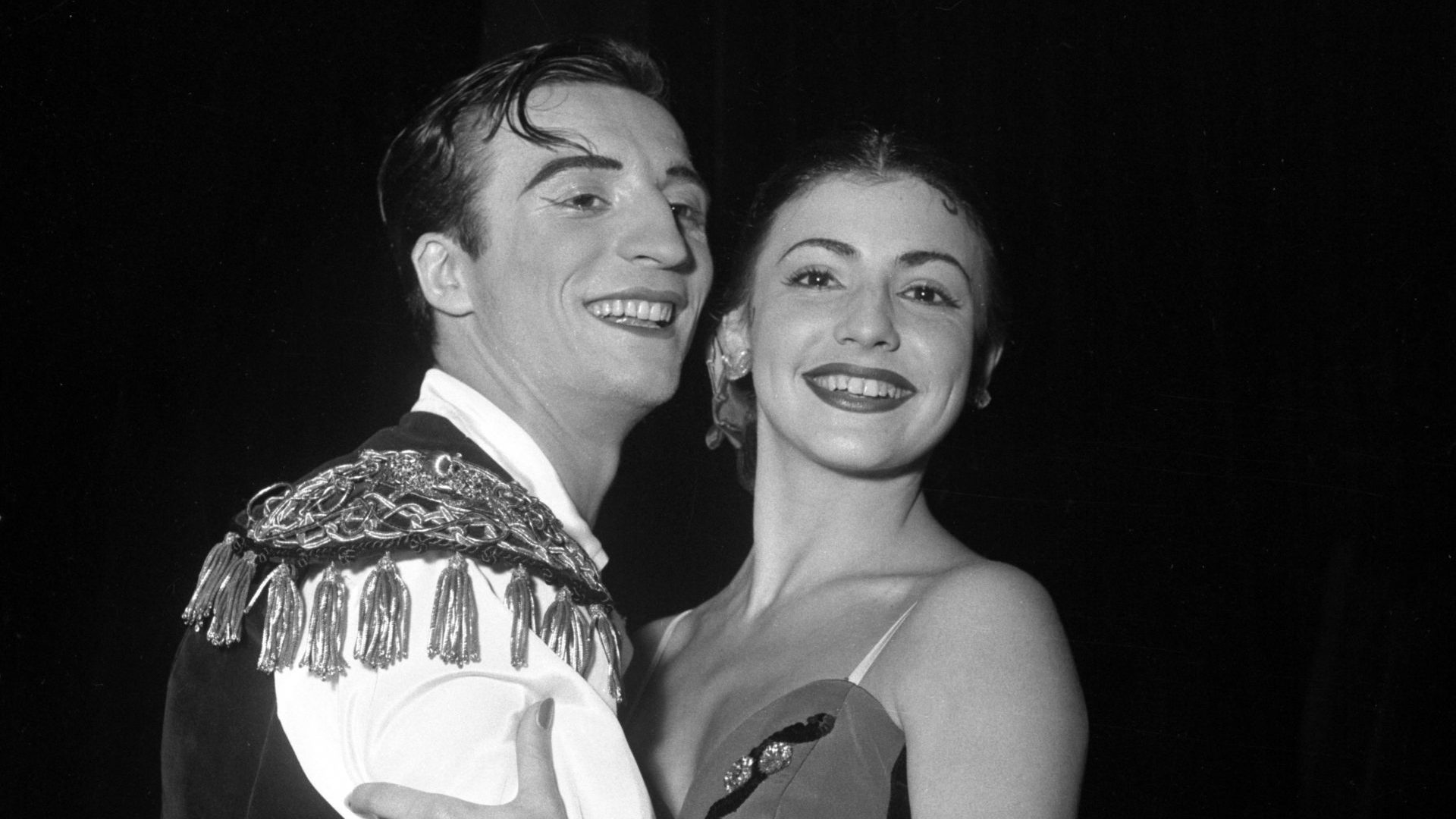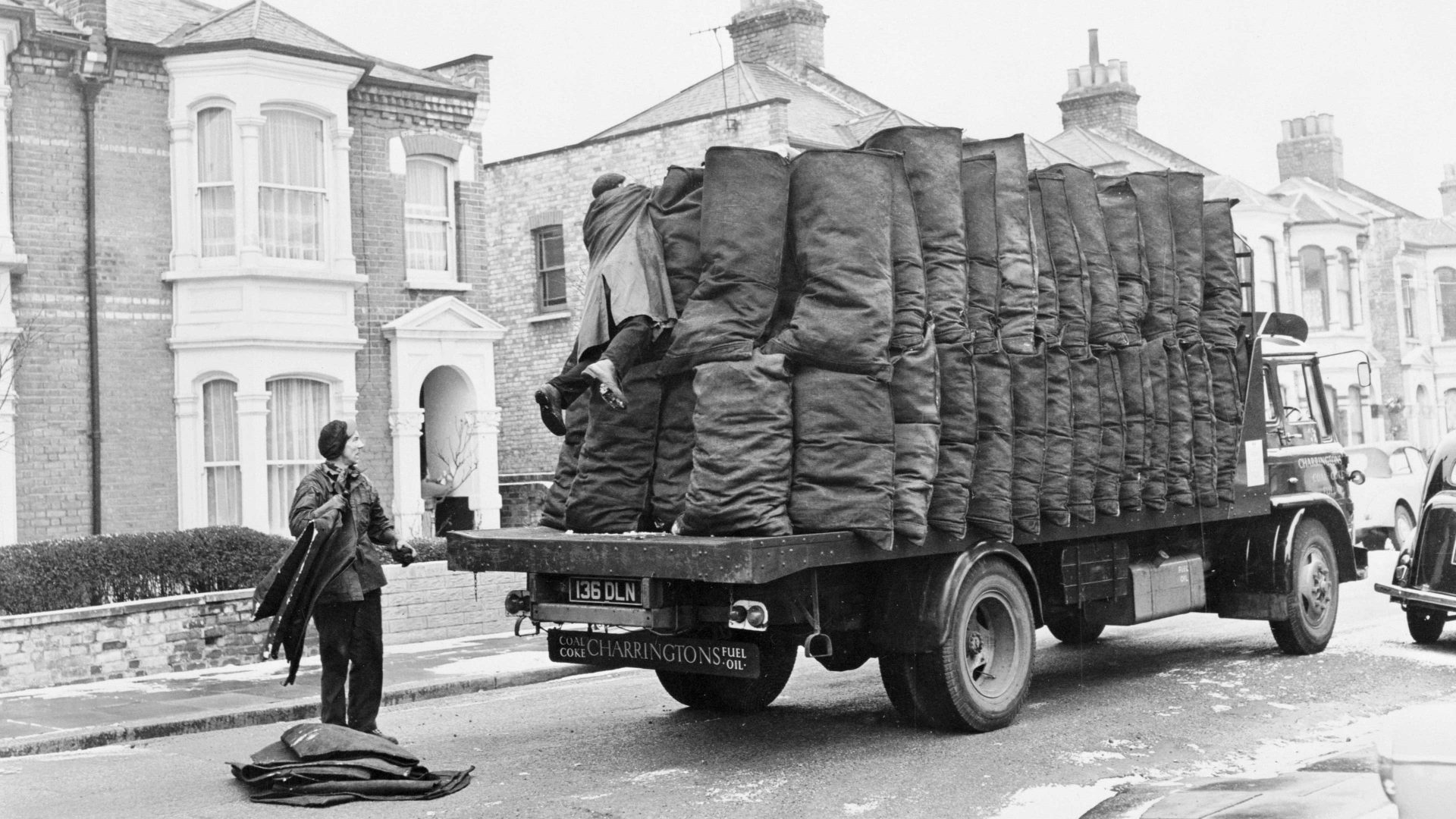The wait for the U-Bahn seemed to go on forever. The platform at Thälmannplatz station filled with passengers, the minutes ticked by and there was no sign of a train.
Their absence from the hotel must have been noticed by now. The East German police would surely be looking for them. With every passing second they expected to feel gloved hands grabbing their upper arms and hauling them away from the platform edge, bundling them up the stairs to the street and, well – to who knew what then?
It was too late to go back now. Their lives depended on a train appearing out of the black maw of the tunnel. Their gazes bored into the darkness.
Six weeks earlier, in March 1953, Nora Kovach, prima ballerina at the Hungarian State Opera and her husband, principal dancer Istvan Rabovsky, had been living the communist dream as the darlings of their native Hungary. After returning from a triumphant season with the prestigious Kirov Ballet in Leningrad the couple had just been awarded the prestigious Kossuth Prize, the Hungarian equivalent of the USSR’s Stalin Prize, when they attended a diplomatic reception in Budapest to be feted as the pride of their nation.
No less a figure than Mátyás Rákosi, the hardcore Stalinist leader of Hungary, praised them in a speech to the gathered bureaucrats, then took to the floor to dance a csárdás with Kovach during which he murmured congratulations into her ear for everything she was doing for Hungary and for the cause of communism.
Kovach had fame, prestige, a chalet on Lake Balaton as well as a sumptuous apartment in the capital and more money than anyone, including the country’s leading politicians, could dream of. She had barely embarked on her 20s and her future looked glorious.
Yet just six weeks after that symbolic dance with Rákosi in which high culture and political power moved in perfect harmony, Kovach and her husband found themselves on a platform in East Berlin, dry-mouthed and anxious, waiting for a train to whisk them away from everything they knew.
“We were in a privileged position,” Kovach recalled the following year, “and that was our first reason for going.”
When they were engaged to dance together at a series of gala performances for communist dignitaries in East Berlin it was an enormous privilege, not least because the relative ease with which one could slip away to the west from Berlin before the Wall was constructed meant Hungarian couples were barred from travelling to the city together. Kovach and Rabovsky were an exception, the flower of Hungarian culture, the epitome of communist pride; the thought of them leaving was preposterous.
On the overnight train from Budapest, Novach had found herself thinking about what might become of her if the regime were to fall. Neither she nor Rabovsky were committed communists – they were not even members of the party – but in the previous two years there had been a series of brutal crackdowns that saw hundreds of perceived anti-communists rounded up and deported.
People didn’t forget that kind of thing, she pondered as the train rattled through the East German night. Rákosi had overseen everything, families torn apart, lives upended, and Novach had danced with him. People had suffered grievously and she had danced with the architect of it all. The further they travelled from Budapest the more horrified she became.
The way she told it, the decision to defect was taken almost on a whim the day before it happened. The act itself was far from a meticulously planned operation. Shortly before departing for the Staatsopera and their first gala performance, they had asked permission to go for a walk around the outside of the hotel and, after a drink in a bar to steel their nerves, they ducked into the U-Bahn hoping to alight in the west and claim asylum. And now they waited.
Finally, a train barrelled out of the darkness and the Hungarian dancers were swept on to it with the crowds. After more agonisingly glacial seconds the doors closed, the train heaved into motion with protesting clunks and shrieks of metal and pulled away from the platform.
A few endless minutes later they alighted at Wittenbergplatz in the western sector, stumbled up the steps and emerged into the late afternoon sunshine of a future that already felt radically different.
Within weeks Kovach and Rabovsky found themselves in a cultural world the opposite of everything they knew. They danced at London’s Festival Hall “with a brilliance and vitality that can be equalled by no dancer in the western world” according to the Guardian, then crossed the Atlantic to make the first of a string of television appearances on the Ed Sullivan Show. They danced in New York at the Broadway Theatre then flew to Las Vegas for a series of engagements at one of the city’s nightclubs. The first Soviet-trained artistes ever to dance in the west, their spectacular, athletic, bravura performances were a sensation.
The daughter of a civil servant and a teacher, Kovach had trained at the Budapest Opera ballet school where she met and married Rabovsky. So gifted were the pair that they became the first non-Russians to train with the Kirov in Leningrad since the Russian Revolution. Kovach was nurtured by the legendary teacher Agrippina Vaganova, arguably the greatest influence on her career, and when she and Rabovsky performed the Bluebird Pas de Deux from Sleeping Beauty it was a landmark event in the history of Soviet ballet that sealed her fame.
That was nothing to the attention that followed her defection – so early in the cold war the term had not yet been coined – especially when in 1956 the couple were on the liner Andrea Doria when it collided with another vessel in the North Atlantic and began to capsize. Remarkably, nearly all the 1,600 passengers were rescued; of the 46 who died, one was the occupant of a cabin destroyed in the collision originally assigned to the couple.
Kovach and Rabovsky divorced in the late 1950s. She took on two further husbands and saw out her days running a prestigious ballet school in Florida that bore her name.
More famous dancers would follow her lead in defecting from the Soviet bloc but Nora Kovach was the first, the pioneer, arguably the bravest of them all. She would never forget the terror of those agonising minutes on an East Berlin station platform. And she would never regret it.
“The world is ours,” she wrote in 1954. “Well, to be precise, half of the world. But I have been a modest little girl all my life. I am satisfied with half of the world.”




